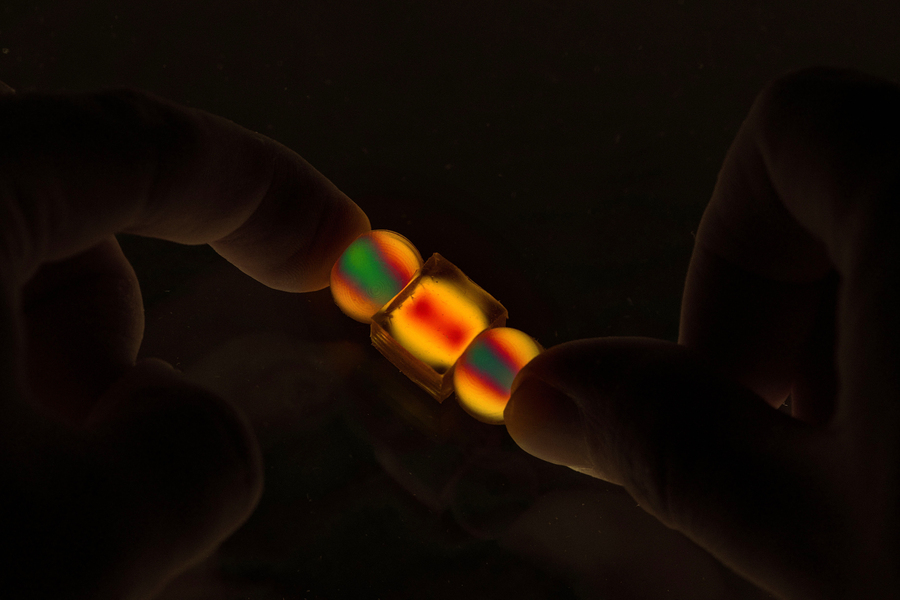2024-03-26 パシフィック・ノースウェスト国立研究所(PNNL)
<関連情報>
- https://www.pnnl.gov/publications/uncovering-how-interfacial-water-structure-can-stabilize-nanoparticle-dispersion
- https://www.science.org/doi/10.1126/sciadv.adi7494
水性ヘマタイトナノ粒子のファセット依存的分散と凝集 Facet-dependent dispersion and aggregation of aqueous hematite nanoparticles
JIANBIN ZHOU , DUO SONG , SEBASTIAN T. MERGELSBERG , YINING WANG , […], AND KEVIN M. ROSSO
Science Advances Published:14 Feb 2024
DOI:https://doi.org/10.1126/sciadv.adi7494

Abstract
Nanoparticle aggregates in solution controls surface reactivity and function. Complete dispersion often requires additive sorbents to impart a net repulsive interaction between particles. Facet engineering of nanocrystals offers an alternative approach to produce monodisperse suspensions simply based on facet-specific interaction with solvent molecules. Here, we measure the dispersion/aggregation of three morphologies of hematite (α-Fe2O3) nanoparticles in varied aqueous solutions using ex situ electron microscopy and in situ small-angle x-ray scattering. We demonstrate a unique tendency of (104) hematite nanoparticles to maintain a monodisperse state across a wide range of solution conditions not observed with (001)- and (116)-dominated particles. Density functional theory calculations reveal an inert, densely hydrogen-bonded first water layer on the (104) facet that favors interparticle dispersion. Results validate the notion that nanoparticle dispersions can be controlled through morphology for specific solvents, which may help in the development of various nanoparticle applications that rely on their interfacial area to be highly accessible in stable suspensions.



